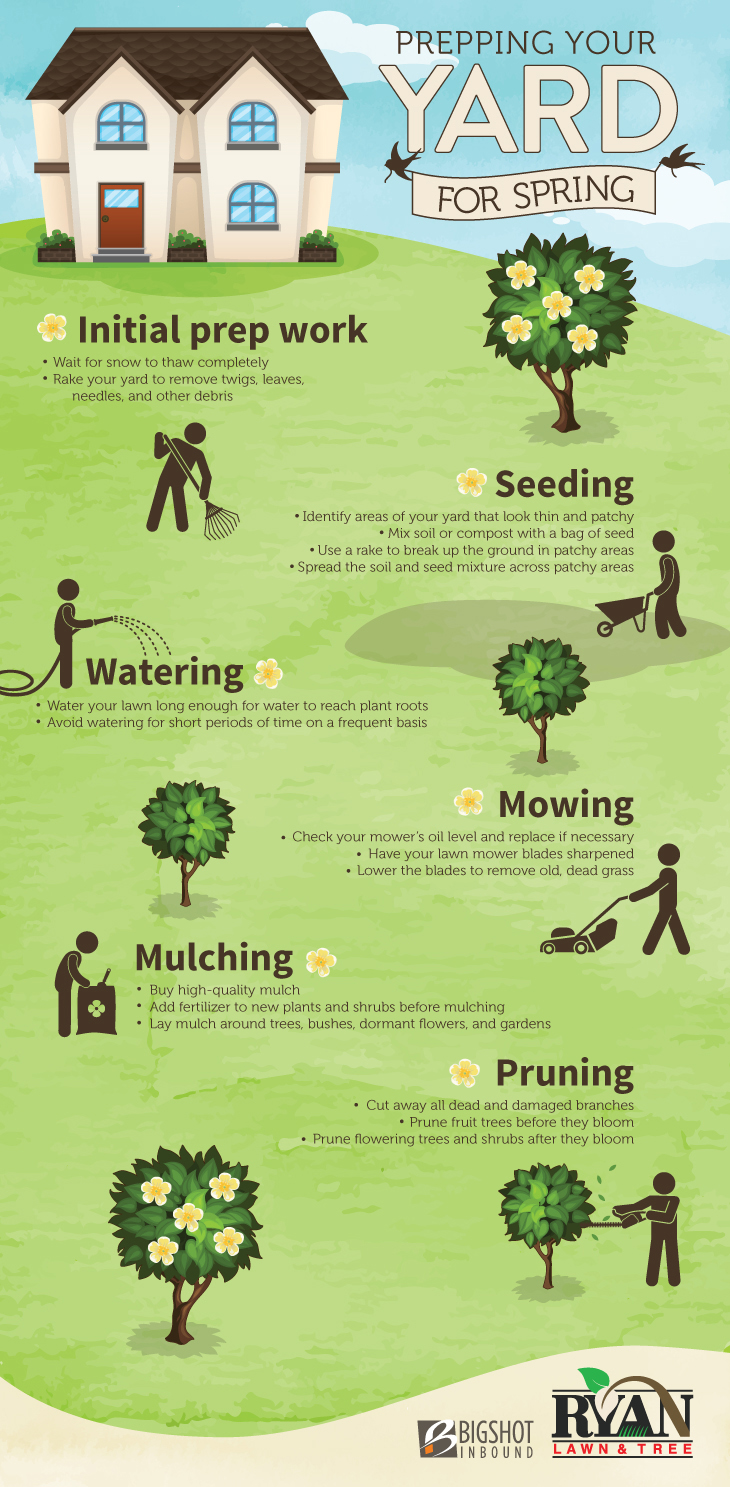Post-Tree Removal Therapy: Reliable Techniques For Landscape Repair
Post-Tree Removal Therapy: Reliable Techniques For Landscape Repair
Blog Article
Post Developed By-Berman Massey
After a tree's elimination, your landscape might look quite various, and it's vital to assess the after-effects very carefully. You'll intend to examine the dirt disruption and check bordering plants for any indicators of stress. Disregarding Pruning Birch Trees can bring about larger problems down the line. So, what should Removing Tree Stump make with those stumps and origins? And how do you select the best plants for your revitalized room? Let's discover these vital actions.
Analyzing the After-effects: Examining Your Landscape
After a tree elimination, it's vital to analyze your landscape to recognize the effect it carries your yard.
Begin by examining the location where the tree stood. Try to find indications of soil disturbance, and check the surrounding plants for any kind of anxiety or damage.
You must also make note of how the elimination has actually altered sunshine direct exposure and air flow in your garden. This shift can impact the growth of close-by plants, so it's important to review their health and wellness.
Take into consideration the aesthetic elements also; the elimination might develop an open space that you can redesign.
Lastly, think about any type of possible disintegration problems that may emerge from the tree's absence. Addressing these variables early will assist restore balance to your landscape.
Managing Stumps and Roots: Options for Removal
When you have actually analyzed the consequences of the tree elimination, you'll likely require to tackle the stump and origins left.
You have a few choices for elimination. One reliable method is stump grinding, where a specialist utilizes a machine to grind the stump to below ground degree. This approach leaves marginal disturbance to your landscape.
If you favor a do it yourself method, you can make use of a combination of digging and chemical stump eliminators. Simply keep in mind, this procedure can take time and initiative.
Conversely, take into consideration leaving the stump as an all-natural feature, which can serve as an unique yard element or environment for wildlife.
Whatever you pick, attending to the stump and roots is necessary for recovering your landscape.
Picking the Right Plant Kingdoms for Your New Area
As you analyze your recently removed area, picking the right plants can considerably enhance your landscape's appeal and functionality.
Begin by considering the sunshine and dirt conditions. For warm locations, go with drought-resistant plants like lavender or succulents. In shaded spots, ferns and hostas thrive well.
Think about the size and growth habits of your plants; mix perennials and annuals for seasonal range. Don't fail to remember to integrate indigenous species; they call for much less maintenance and assistance local wild animals.
Group plants in weird numbers for a much more natural look and produce layers for aesthetic depth.
Finally, ensure you have a mix of shades and textures to maintain your landscape vivid throughout the seasons.
Pleased growing!
Final thought
To conclude, restoring your landscape after tree removal is a gratifying process. By analyzing the after-effects, resolving stumps and roots, and selecting the right plants, you'll create a thriving environment. Don't neglect to incorporate disintegration control procedures to shield your dirt. With a little effort and treatment, you can change your area right into a lively garden that enhances your residential or commercial property. Welcome the opportunity to rejuvenate your landscape and enjoy the elegance of nature right in your yard!
